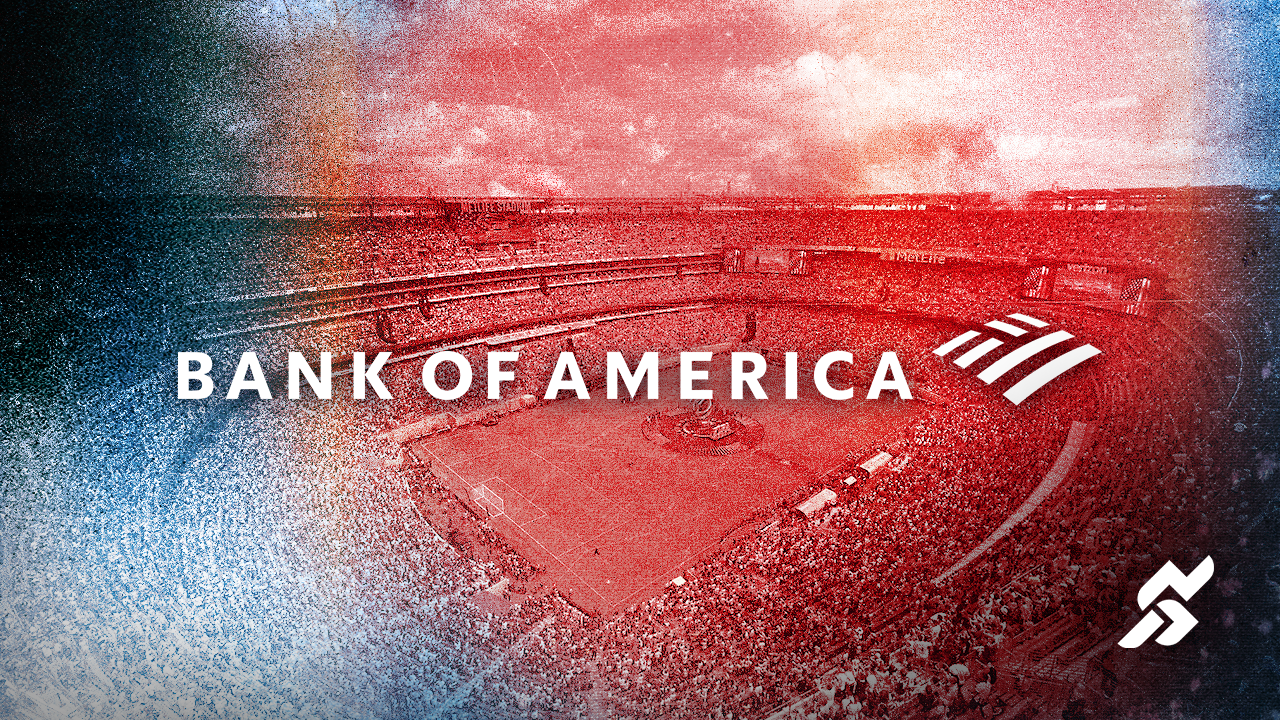
American sports fans appear to have locked in higher spending on game day experiences, according to a new study by Bank of America Institute that used proprietary data of bank card users.
Sports fan spending during the day of a game is now 25% higher compared to the start of 2019, outpacing other out-of-house spending including concerts and movie theaters, according to the bank’s analysis.
“As we came out of the pandemic it was, for a time, a story of revenge spending,” after being cooped up during COVID-19, Bank of America Institute senior economist David Tinsley said on a phone call from London. “There are signs [spending today] is more than that. The rebound from the pandemic has run its course. It’s hard to conceive it’s still revenge spending.”
Tinsley’s group used anonymized spending data of Bank of America’s credit and debit card users to examine spending by zip code for stadiums and surrounding areas. Not surprisingly, the bank found a clear correlation between spending spikes and game days. The analysis primarily focused on years of data on MLB games and this year’s FIFA Club World Cup.
More interesting is that while game day spending roared higher with the end of pandemic attendance restrictions, along with spending on Taylor Swift concerts and Barbenheimer movie days, sports spending has continued to trend higher into the middle of this year. Meanwhile, spending on concerts and movies is about the same over the past 2.5 years, with live music around its pre-pandemic spending level and movies noticeably below 2019 levels.
Comparing B of A’s analysis to separate Federal Reserve data on consumer discretionary income shows that sports is taking more out of the wallet of Americans. Since the start of 2019, per-person disposable income has grown 11% in constant dollars. That means the growth in sports fans’ game-day spending has more than doubled income growth.
“Generally, as a country gets richer people have more money to spend on discretionary services rather than goods,” Tinsley said.
The study finds that card spending is 25% higher in the Yankee Stadium zip code during MLB season, where about 51,000 people live and the Bronx Terminal Market shopping mall is located. In Citi Field’s zip code, in Flushing, Queens, where 117,000 people live, the effect is even more dramatic, probably because tennis’ U.S. Open is also held in the same zip code overlapping with baseball season. St. Louis and Boston also see large spending spikes on game days, with spending up more than 60% in both areas. Other MLB teams see more muted effects, ranging from 13% to 42% spending spikes, while some don’t show movement at all, possibly due to poor attendance from team performance, according to Bank of America.
The study also looked at spending during the FIFA Club World Cup and found spending on game days rose 7% compared to the same days in 2024. Most notably, credit and debit card activity was up more than 50% for the tournament’s final at MetLife Stadium, in East Rutherford, N.J. That stadium’s zip code is nearly all MetLife, with just 10,000 people living in it, according to postal service data.
While the spending data is sure to be welcomed by team owners, the bank’s study is inconclusive around the criticism that little spending happens outside the arenas. Segmenting data by zip code means it’s unclear how much surrounding businesses benefit. Tinsley’s group found no spending effect on adjacent zip codes during the Club World Cup. In fact, spending was down compared to 2024, but that could be due to non-sports factors. The biggest beneficiaries of spending during the FIFA tournament were parking lots, up more than 20% both months, and restaurants, up more than 20% in June and high single digits in July.
Though it was outside of the scope of his group’s analysis, Tinsley suggests part of the push behind adjacent real estate development at stadiums is for owners to capture more of the fan game-day spending that otherwise goes to independent businesses. How much that may be is hard to pin down. A 2024 study in Japan found that sports stadiums and baseball teams bring tangible benefits in terms real estate values, a proxy for economic growth, while a 2021 examination of 871 U.S. cities found little-to-no benefit from top tier and minor league stadiums as measured by jobs and number of businesses.
Still, regardless of where the money is being spent, given Bank of America has more than 60 million credit and debit card users in the U.S., Tinsley’s study suggests that live event spending, especially sports, isn’t retreating from its post-pandemic bounce.
“There’s a kind of counter movement to us staring at our phones all the time, isn’t there? You don’t get social togetherness watching TV, because everybody’s always watching something different,” Tinsley said. “But you can still get it when you go to an event. That’s part of the story.”

